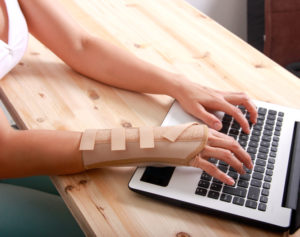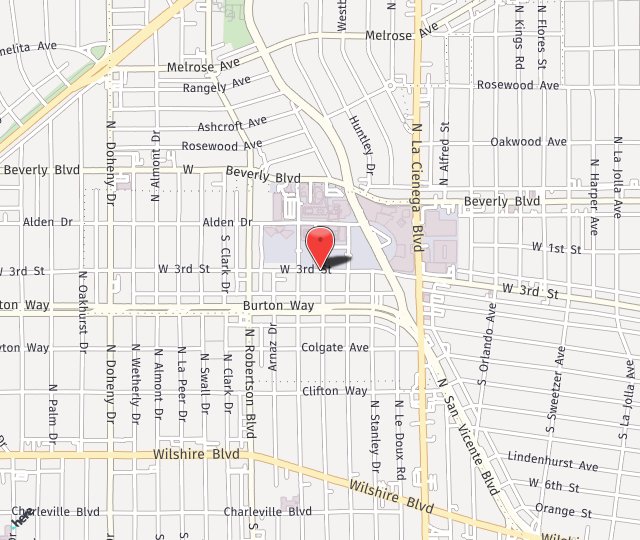Carpal Tunnel Syndrome and Surgery
- Posted on: Apr 15 2018
 While the most recent local tunnel talk is all about Elon Musk and his Boring Company wanting to dig a 6.5-mile tunnel under L.A., for many of you a much more pressing tunnel issue is the one going through your wrist, the carpal tunnel. The carpal tunnel can become a crowded place, compressing the nerve that runs through it. This can lead to numbness, tingling, and pain in your wrist, thumb, and fingers — carpal tunnel syndrome.
While the most recent local tunnel talk is all about Elon Musk and his Boring Company wanting to dig a 6.5-mile tunnel under L.A., for many of you a much more pressing tunnel issue is the one going through your wrist, the carpal tunnel. The carpal tunnel can become a crowded place, compressing the nerve that runs through it. This can lead to numbness, tingling, and pain in your wrist, thumb, and fingers — carpal tunnel syndrome.
When this happens, patients need to relieve pressure on the median nerve before permanent damage occurs. Dr. Seruya has extensive experience treating carpal tunnel syndrome, with various options including surgical release.
What is the carpal tunnel and what happens to it?
The carpal tunnel is a narrow, fibrous passage in the wrist that protects the median nerve, one of three major nerves of the hand. The median nerve controls movement and sensation in the hand and thumb, index and middle fingers, and the thumb side of the ring finger. It’s responsible for sensation in these fingers and the thumb. If you’re feeling numbness, tingling, or weakness in your fingers, there’s a good chance it could be carpal tunnel syndrome.
Carpal tunnel syndrome occurs when the median nerve is irritated by pressure. This can come from swelling or a change in tissue position that causes the carpal tunnel to squeeze and compress the nerve. The condition spreads gradually, usually beginning as an ache in the wrist. As it develops, tingling and numbness can move into the entire arm. Some people also begin to have weakness in the hand and arm when grasping small objects. Carpal tunnel does not affect the pinky, just the thumb and three other fingers of each hand.
Causes of carpal tunnel syndrome
Women tend to have a smaller, narrower carpal tunnel than men. That could explain why women are three times more likely than men to get the condition. Certain medical conditions, such as obesity, pregnancy, diabetes, and hypothyroidism can lead to it.
But most people acquire carpal tunnel syndrome through repetitive motion. Working certain jobs that involve repeating the same motion with your arm over a long time raise a person’s chances of getting it. These jobs include:
- Assembly line worker
- Sewer or knitter
- Baker
- Cashier
- Hair stylist
- Musician
Treatment
Once Dr. Seruya diagnoses carpal tunnel syndrome, treatment usually begins with wrist splinting to minimize the repetitive wrist motion, non-steroidal anti-inflammatory medications to reduce swelling and inflammation, diet and exercise changes in obese patients, and glucose control in diabetic patients. If those treatments have no effect surgery may be necessary because, if left alone, the condition can cause permanent nerve damage.
Surgery
Dr. Seruya has extensive experience with carpal tunnel release. The goal of the surgery is to provide space for the nerve and its blood supply, giving the nerve a chance to regenerate. This should return movement, feeling, and function before permanent damage is done. This surgery is highly successful in alleviating most patients’ carpal tunnel syndrome.
Are you having tingling in your fingers or an aching pain in your wrist? You may have the beginning of carpal tunnel syndrome. Please call us at Los Angeles Nerve Institute, (310) 423-2129, to schedule an appointment.
Posted in: Carpal Tunnel Syndrome

